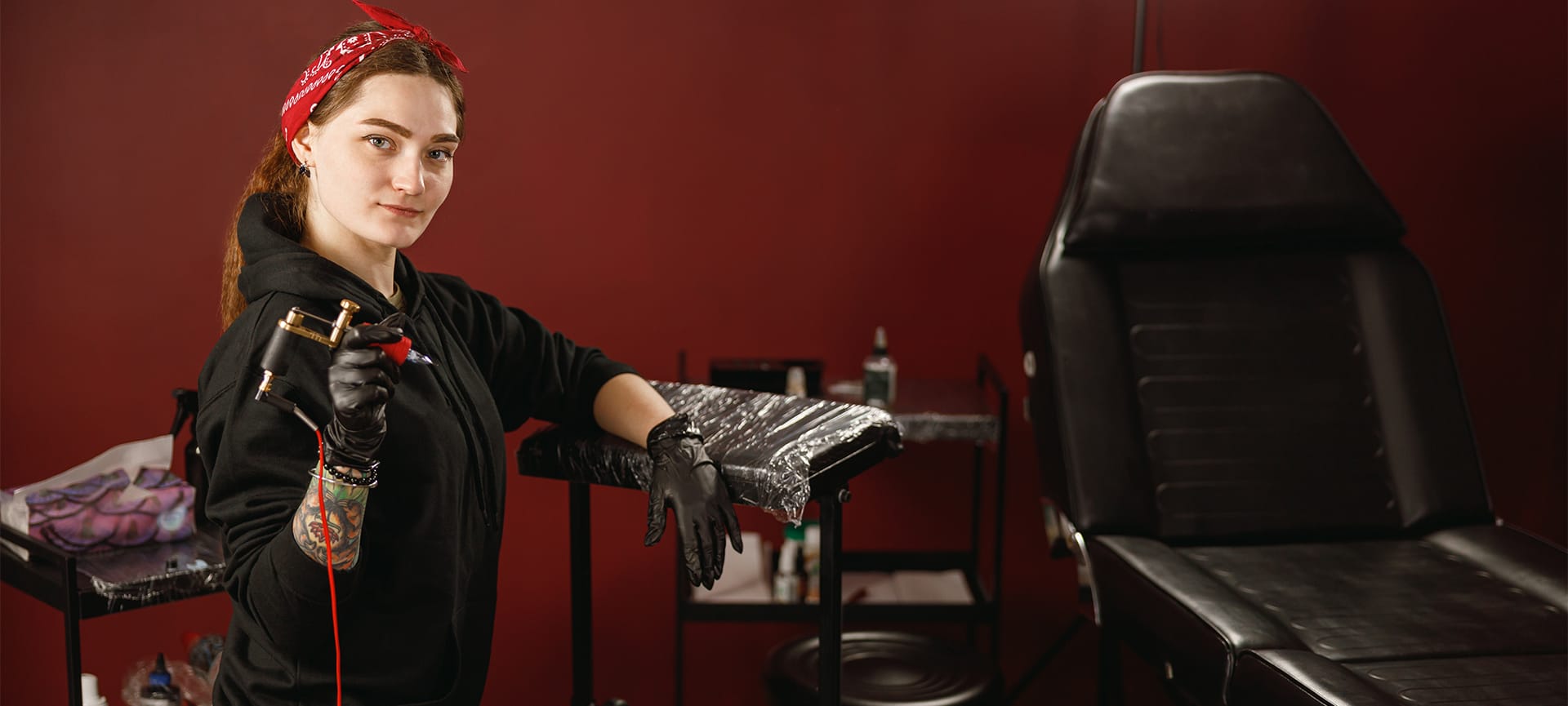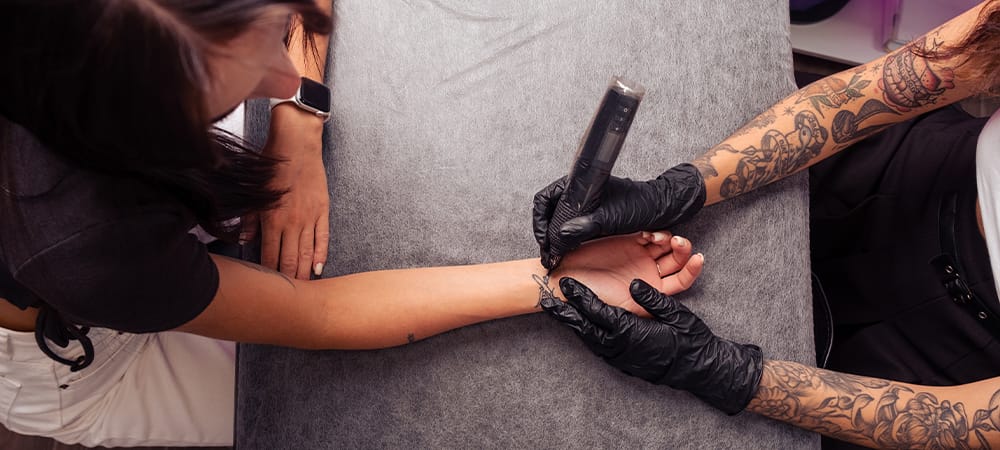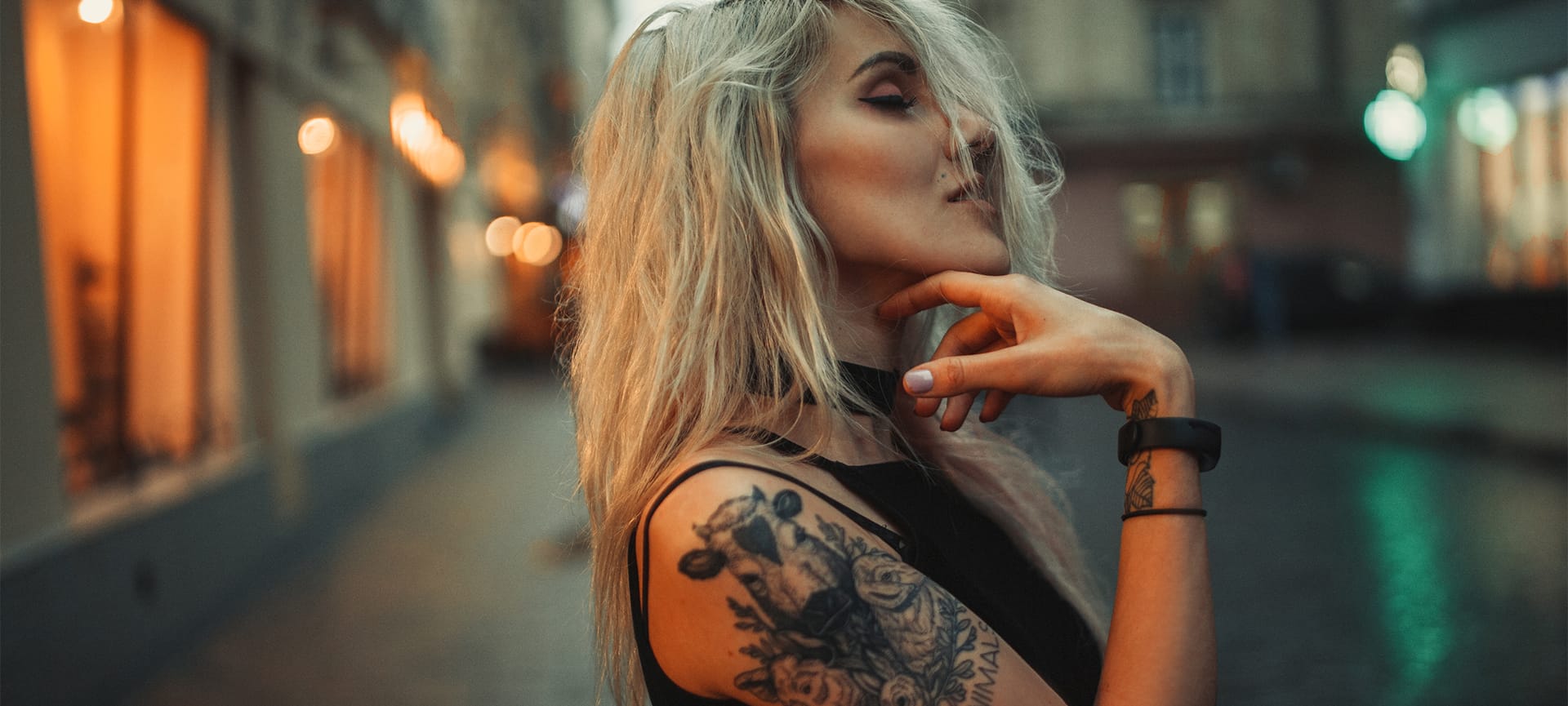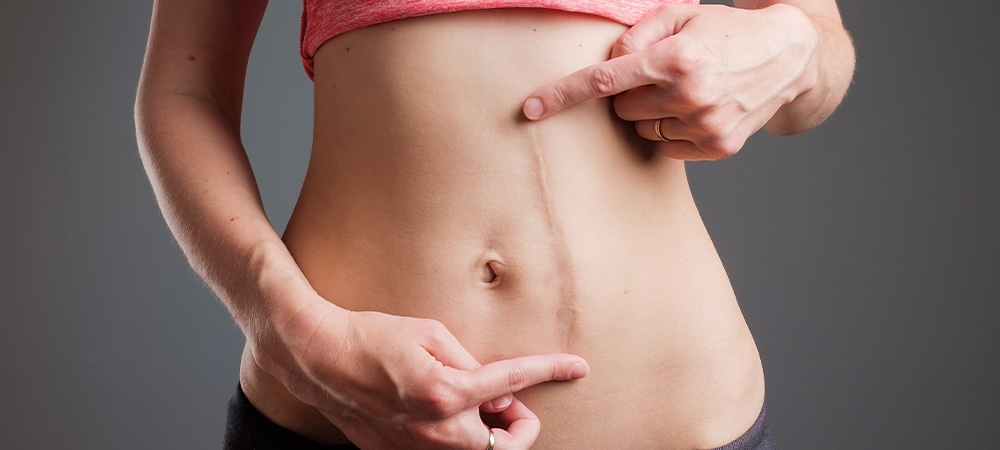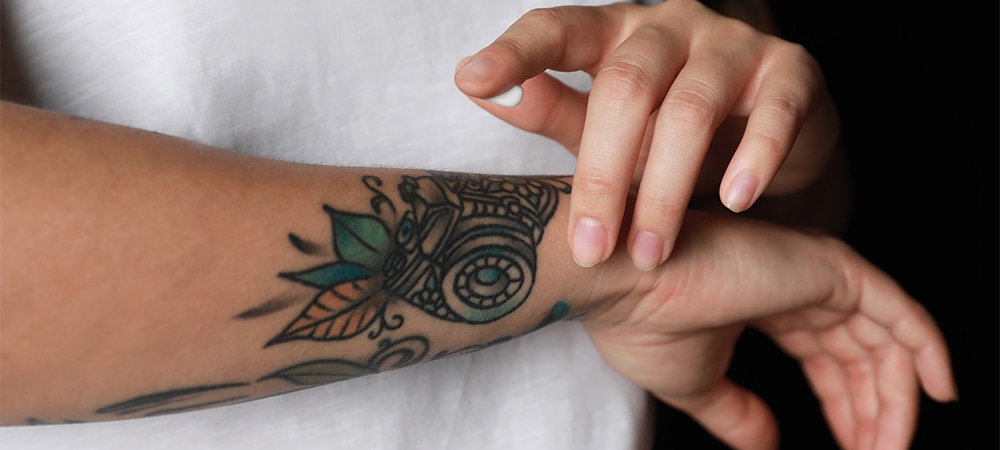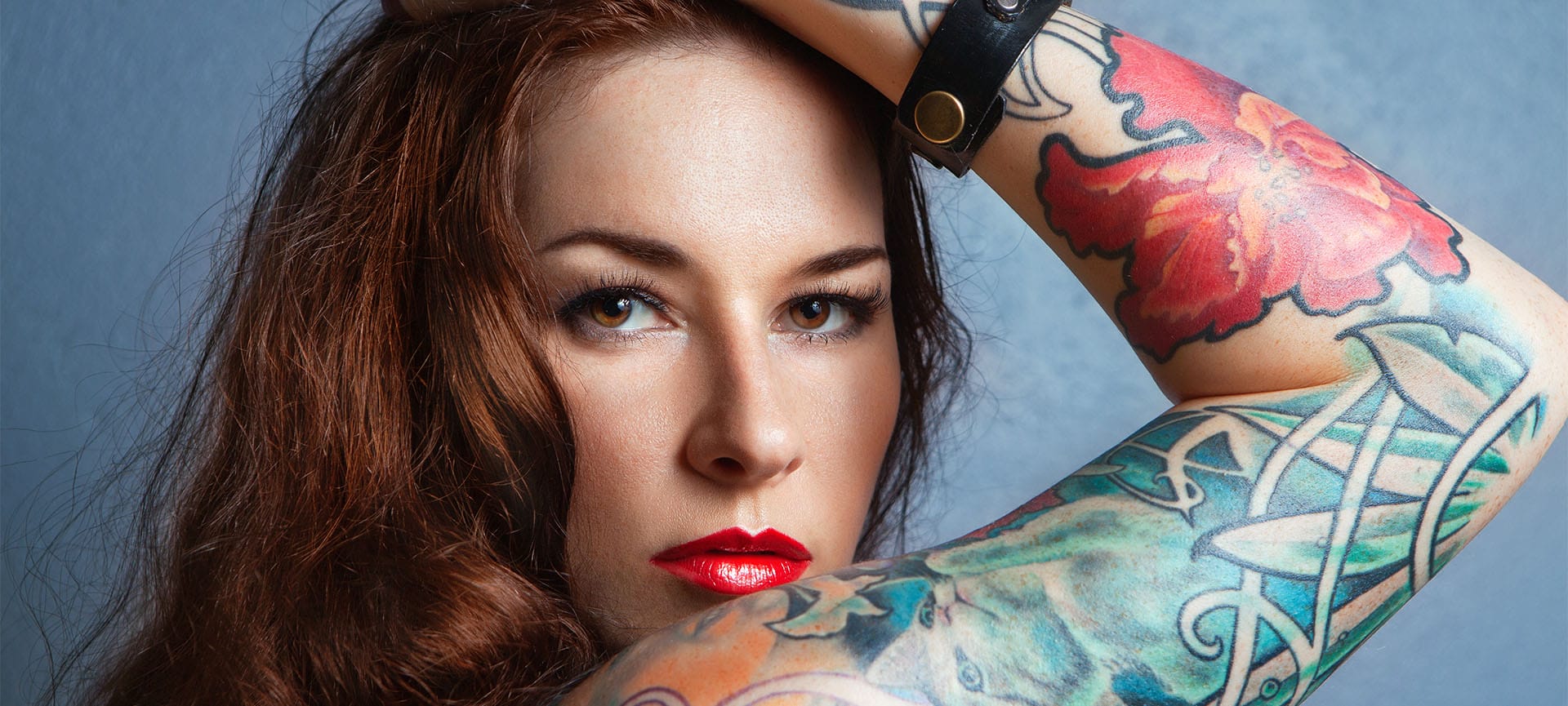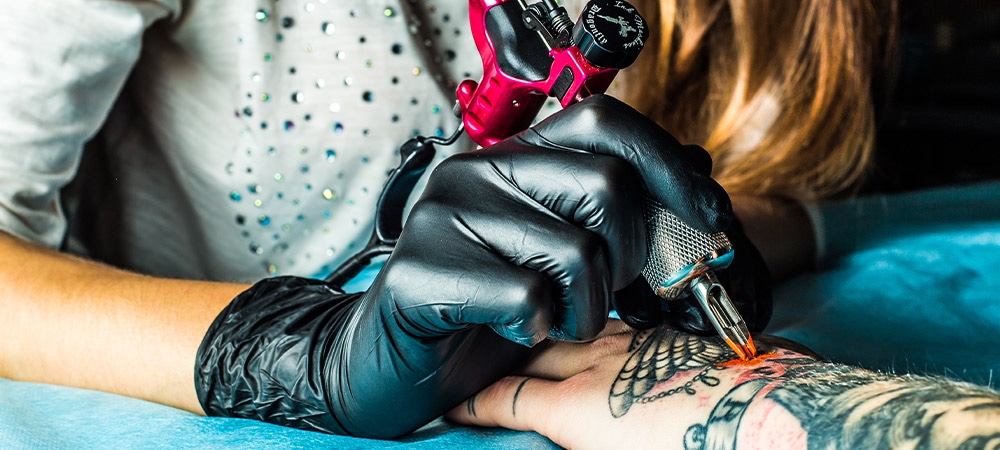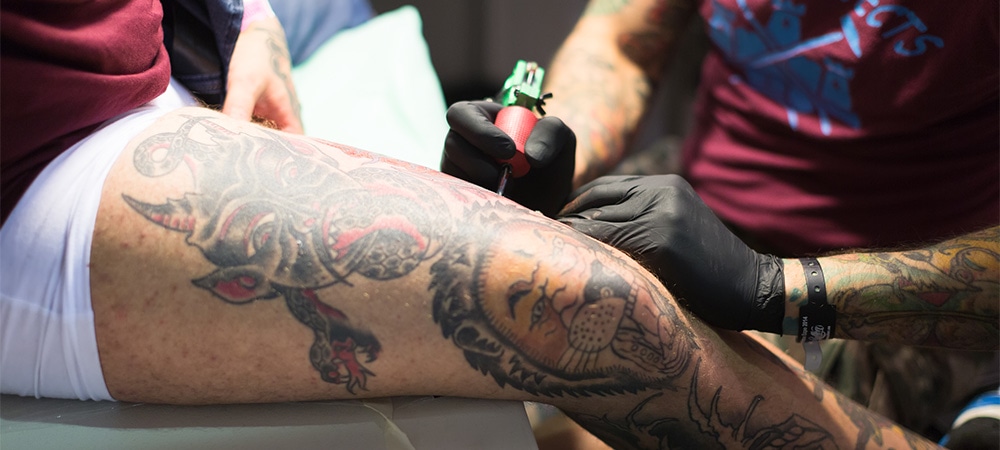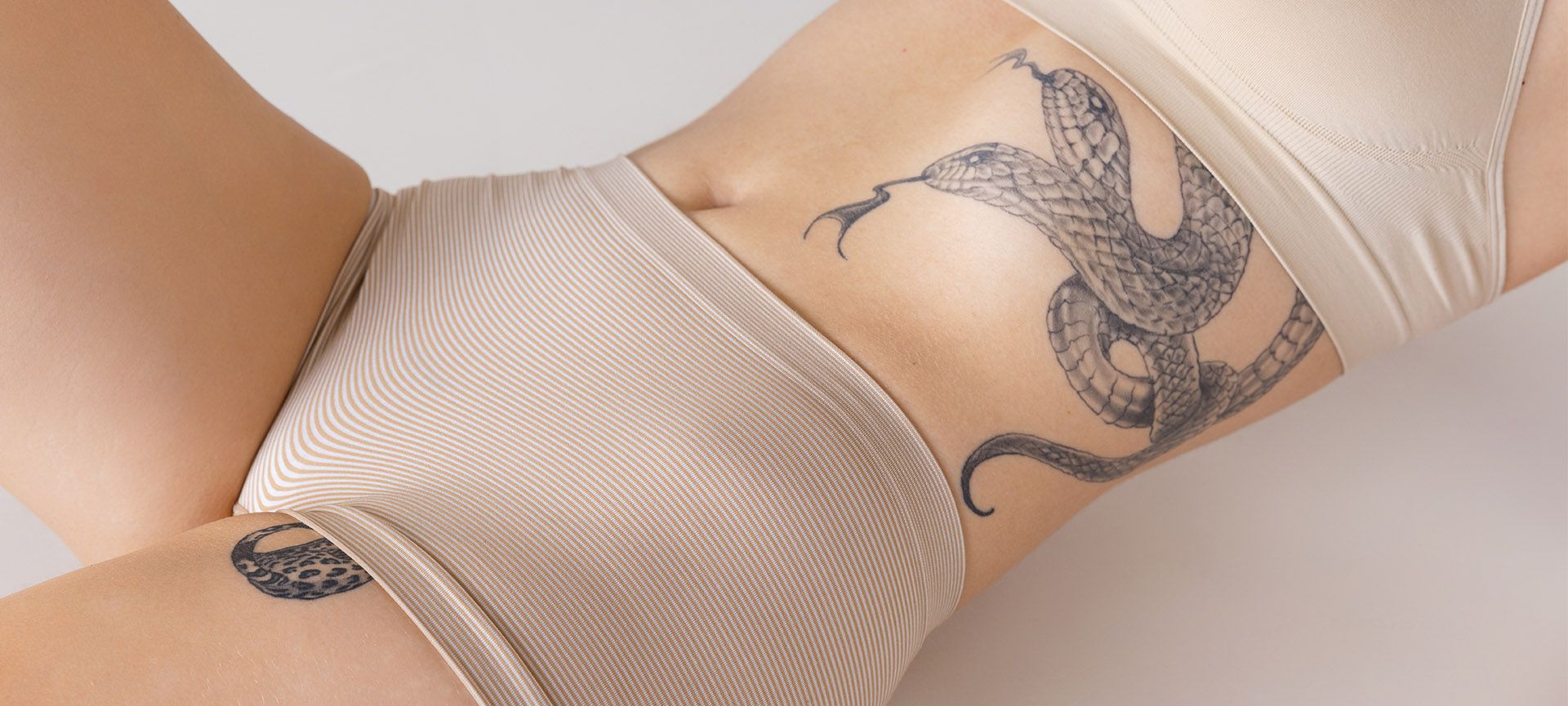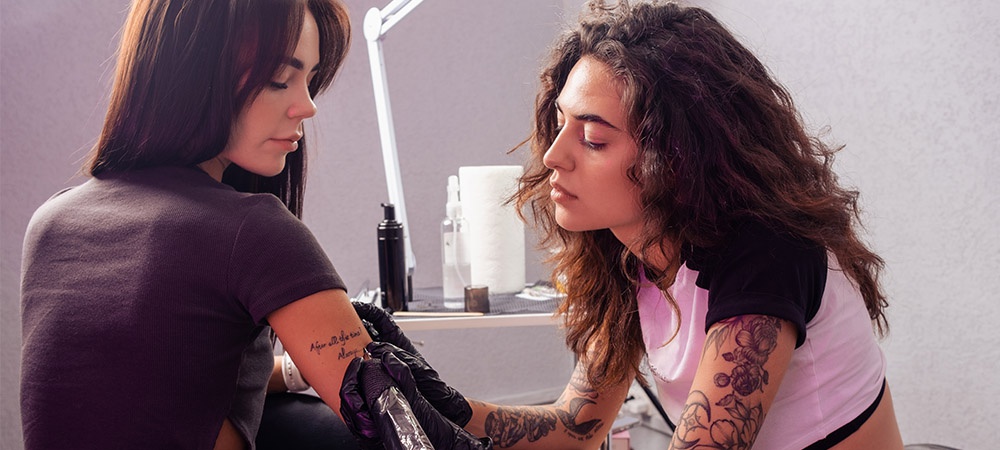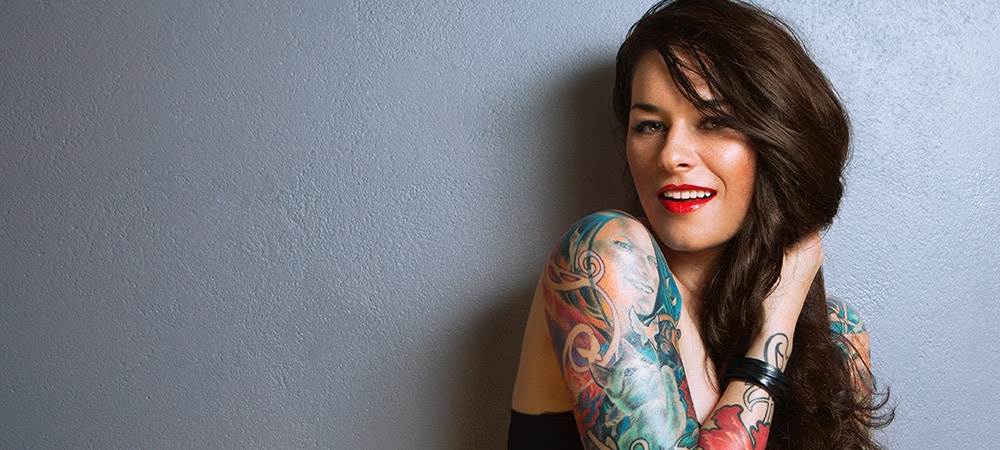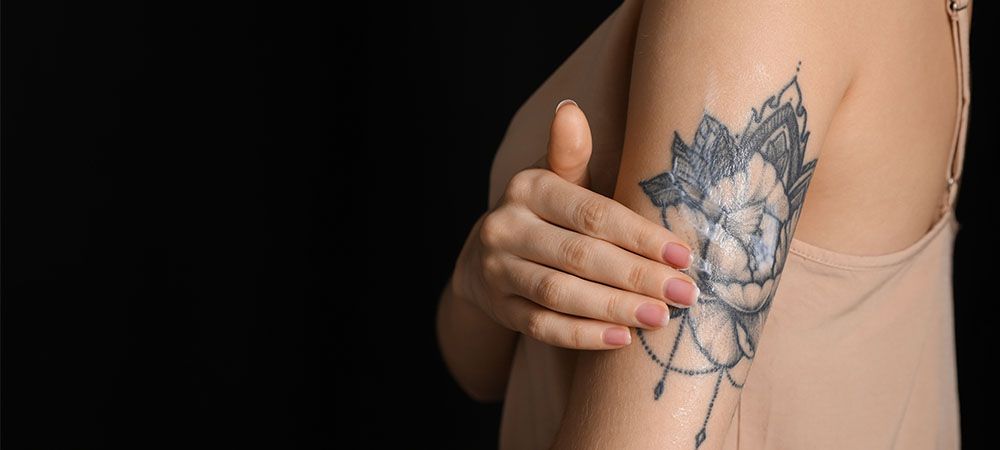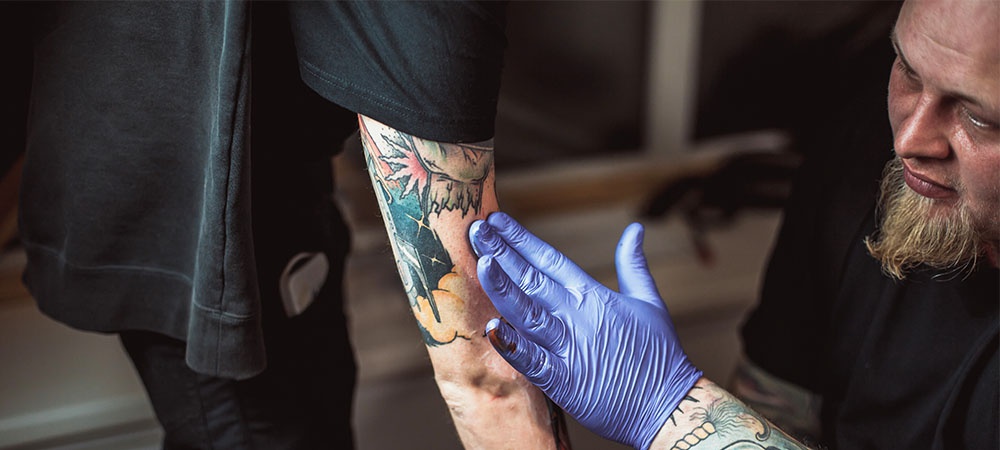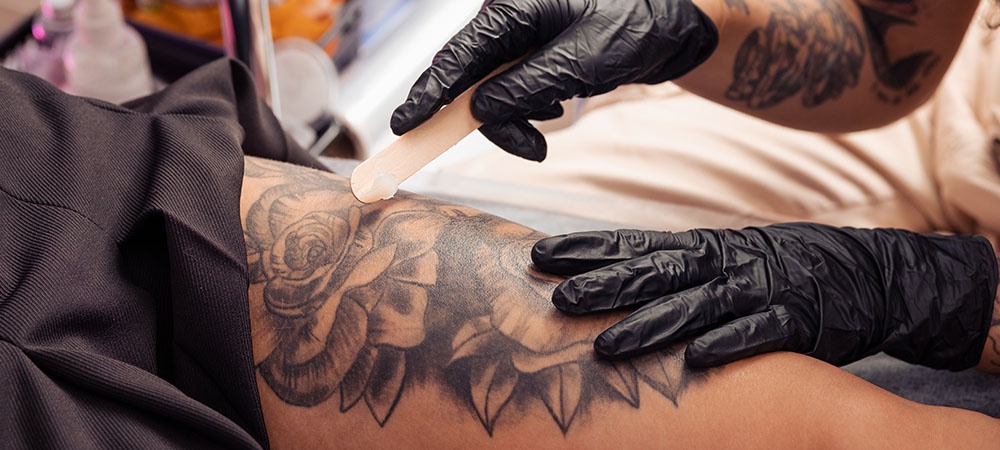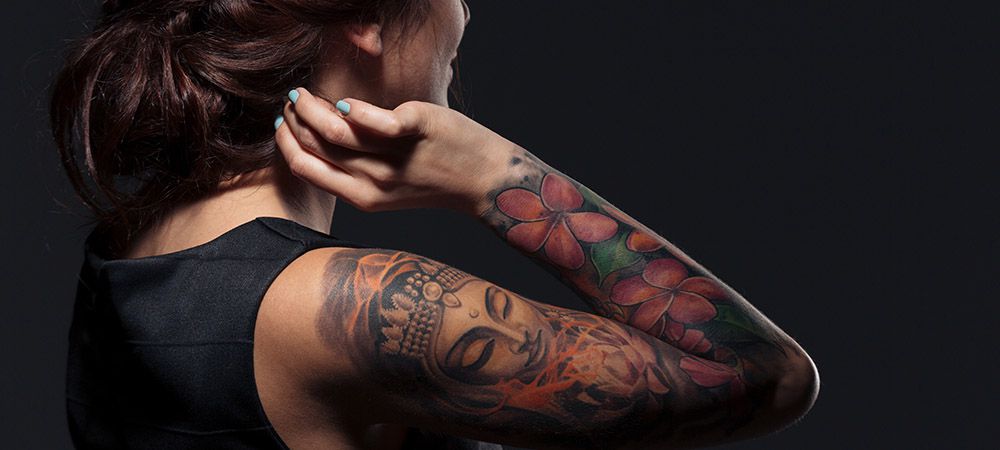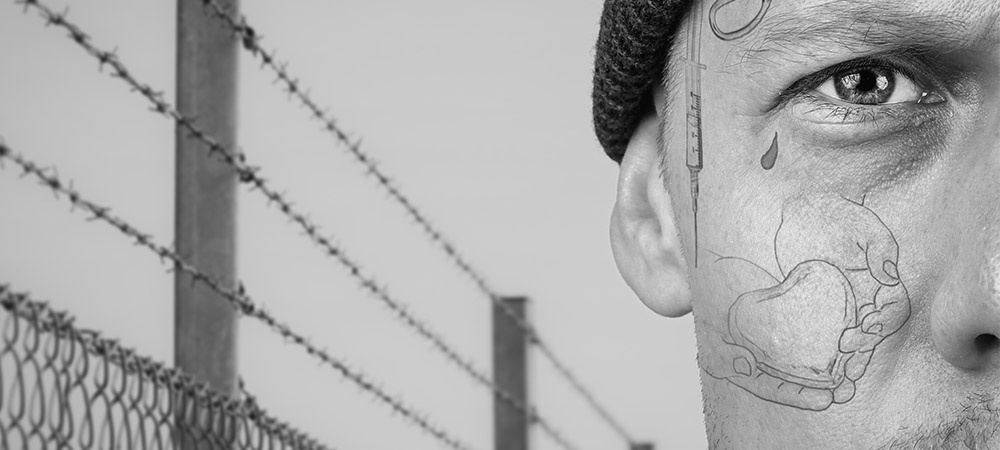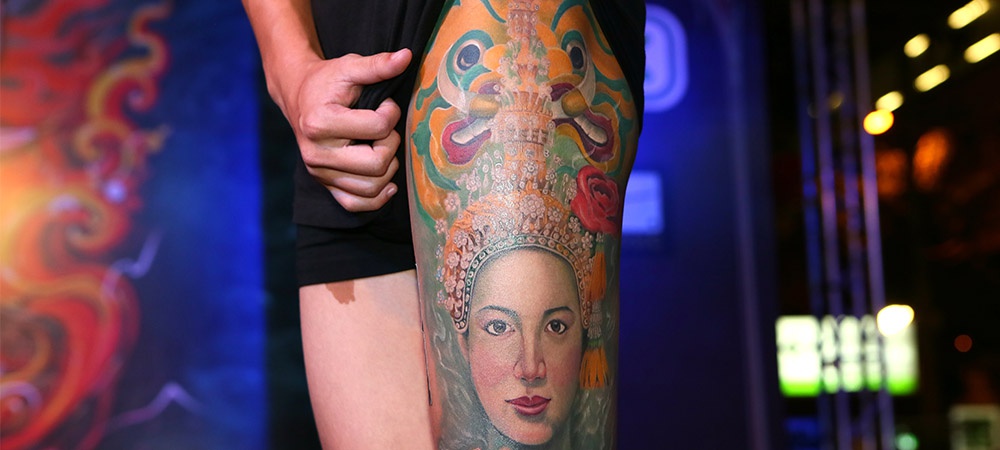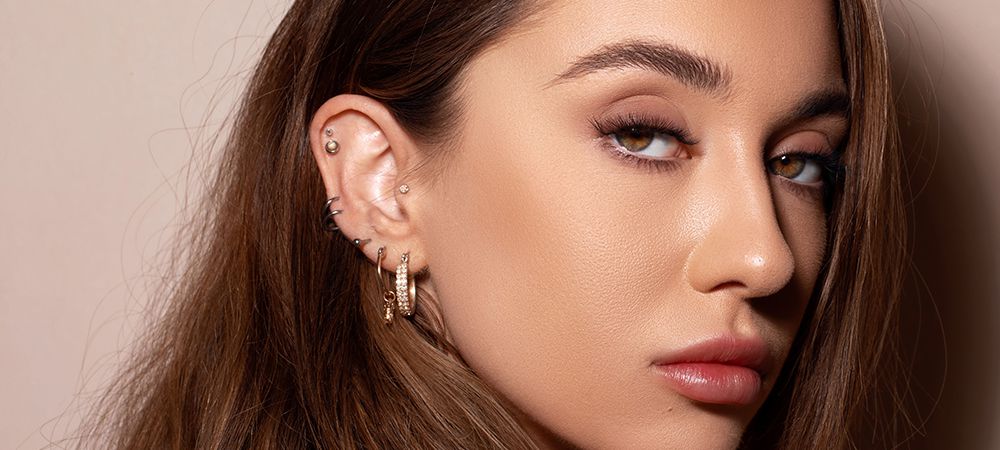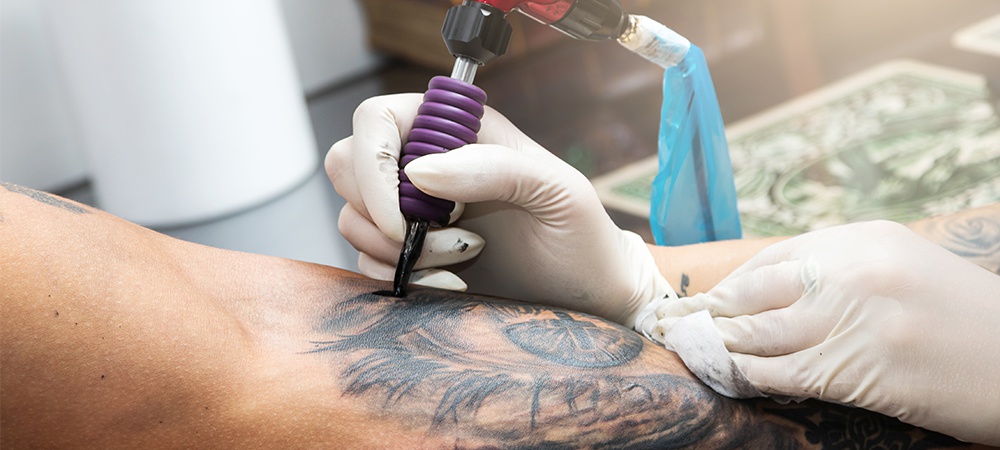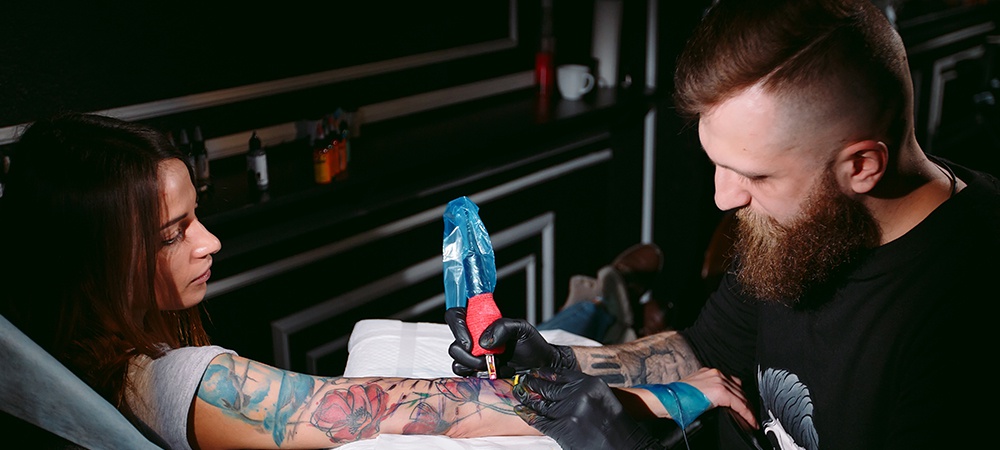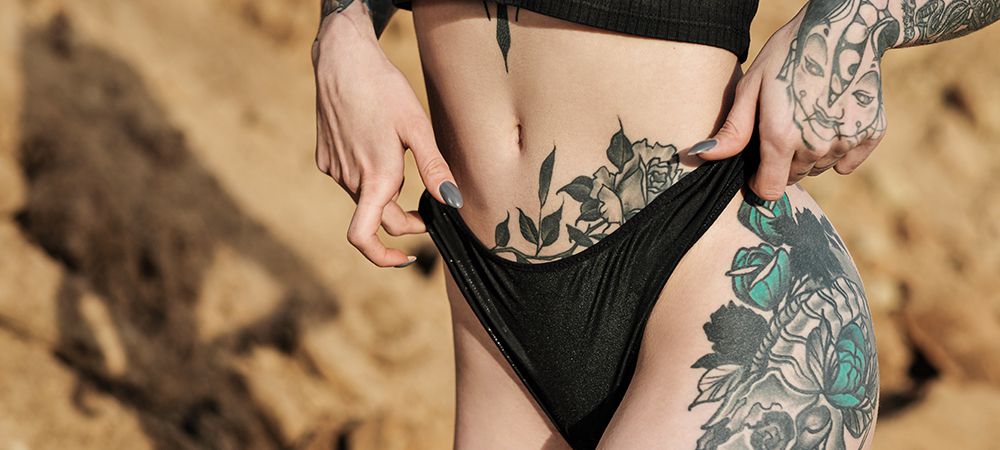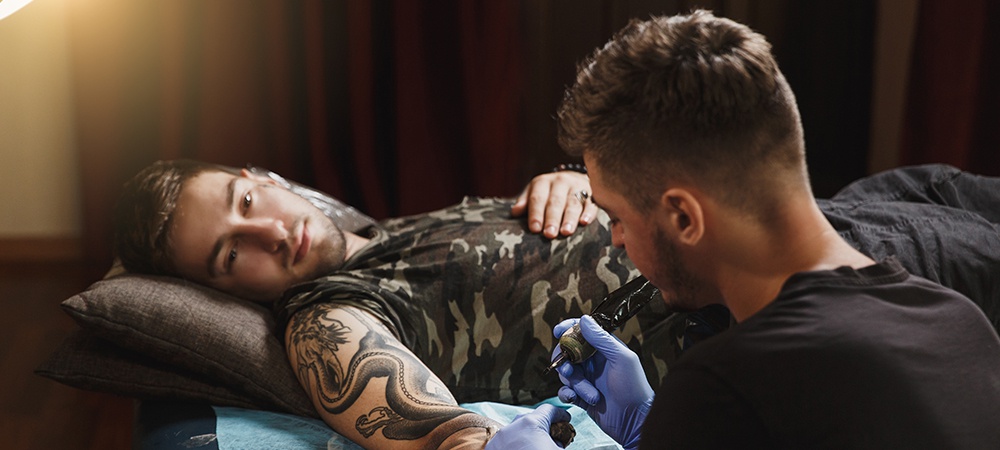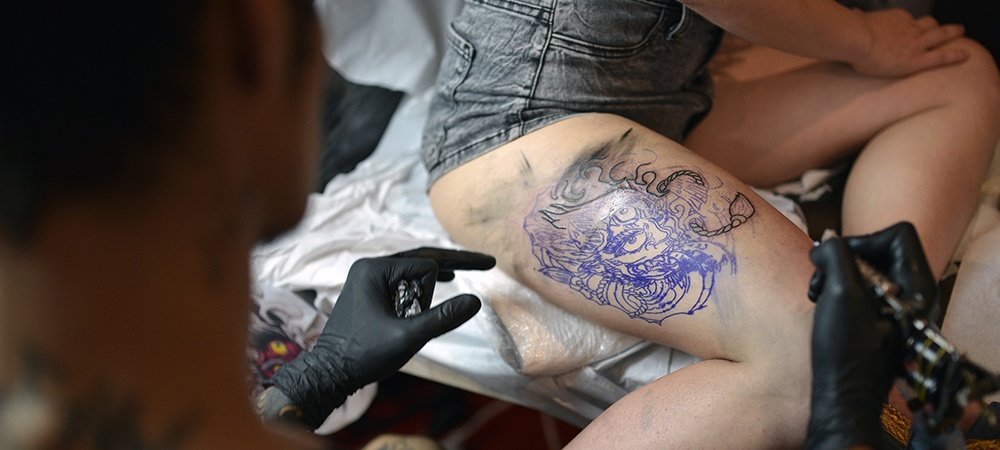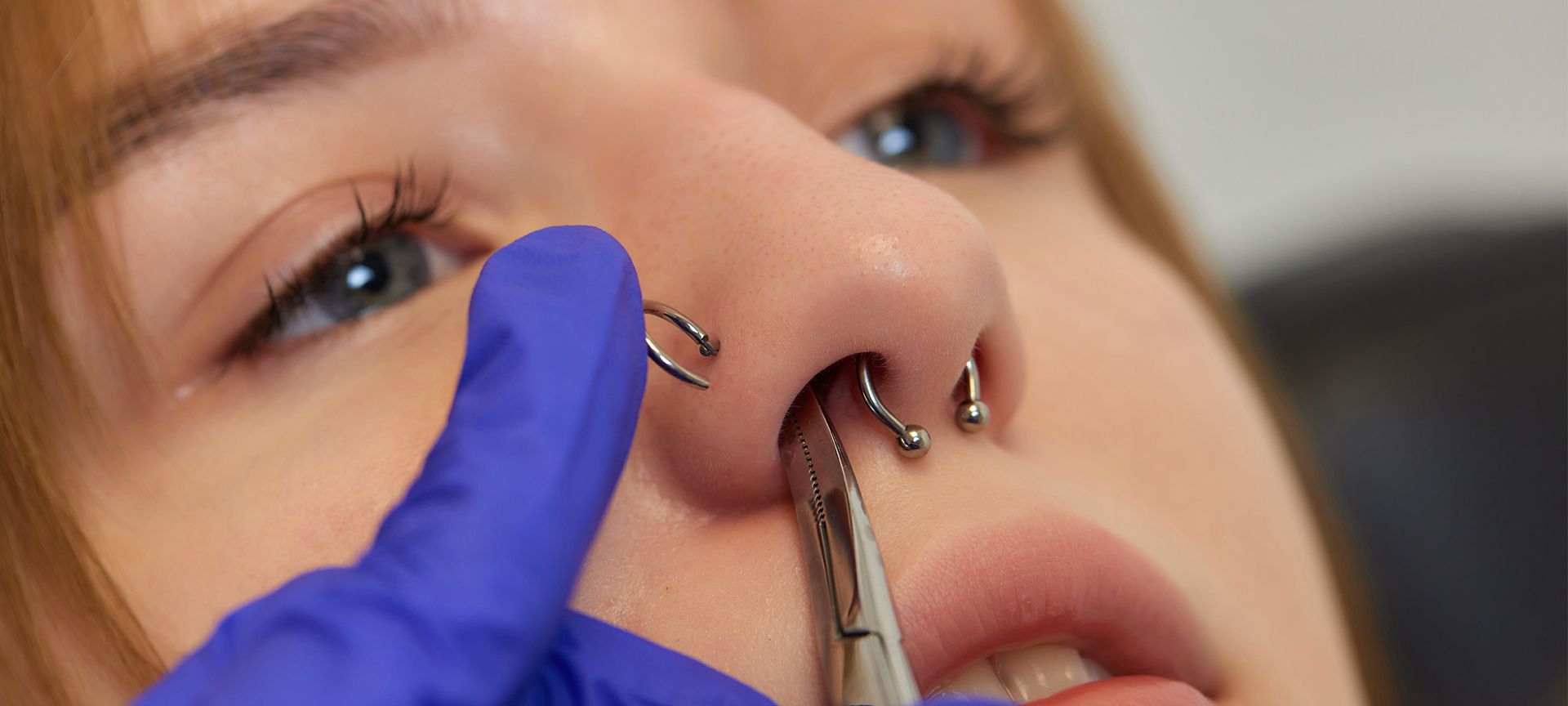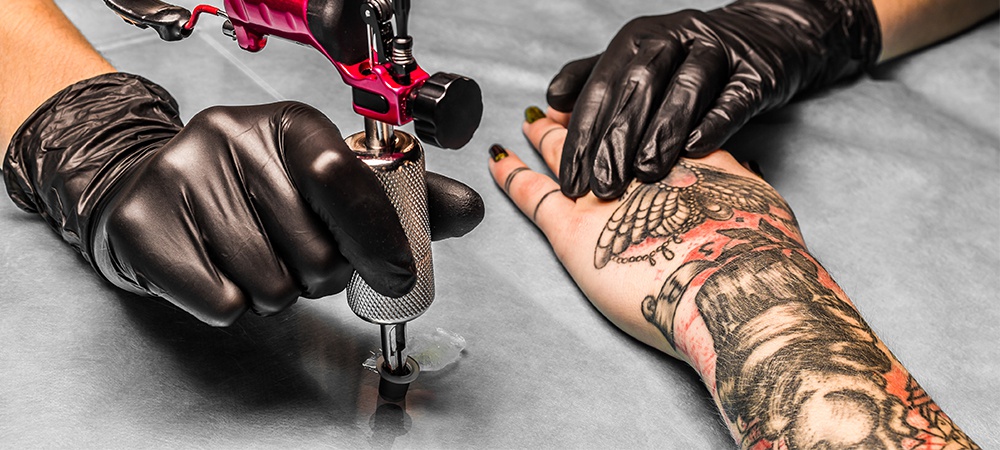Getting your first tattoo is a significant decision, and it’s natural to feel a mix of excitement and nervousness. From choosing the perfect design to the final healing process can feel overwhelming at times. That’s why we’re here to guide you through every step, ensuring you feel confident and prepared for this exciting experience.
The goal is to make this process as seamless and enjoyable as possible. We’ll cover everything from finding a design that truly resonates with you to caring for your new tattoo. By the end of this guide, you’ll be well-equipped to embark on your tattoo journey with confidence.
Find Your Tattoo
Your first tattoo is a form of personal expression, a permanent piece of art you’ll carry. Explore different styles and designs to discover what matches your preferences.
Here are a few ideas to get your creative juices flowing:
Browse Online Galleries
Platforms like Pinterest and Instagram are treasure troves of tattoo inspiration.
- Explore different artists, styles, and techniques: Piranha Tattoo has a rich collection of tattoo inspirations and designs.
- Check out tattoo magazines: Many publications showcase various tattoo styles and artists.
- Talk to friends and family: Get insights from those with tattoos. They might have suggestions or personal experiences to share.
Choosing the perfect tattoo design is a big step; we understand it’s not always easy. That’s why we’re dedicated to making the process as smooth and enjoyable as possible.
Whether you’re drawn to the intricate details of hyper-realistic art or the powerful simplicity of meaningful lettering, we’ll work with you to bring your vision to life.
Every tattoo we create is unique, a design you won’t find anywhere else. Explore our portfolio for inspiration, or bring your ideas to the table.
Once you have a general idea of what you like, choosing a tattoo artist specializing in that particular style is crucial. Their expertise will ensure your vision is brought to life beautifully and skillfully.

Preparing Your Body
Preparing your body for a tattoo is choosing the right design and ensuring a smooth and comfortable experience. Here’s how you can get your body ready for the big day:
- Rest up: A good night’s sleep is crucial for your body to handle the tattooing process well. Aim for 7-8 hours of quality sleep the night before.
- Nourish yourself: Eat a balanced, healthy meal before your appointment to keep your energy levels up. Avoid skipping meals or opting for sugary snacks, as this can lead to fluctuations in blood sugar and energy crashes.
- Hydrate: Proper hydration is key for healthy skin, essential for smooth tattooing and optimal healing. Drink plenty of water in the days leading up to your appointment.
- Avoid substances: Steer clear of alcohol, recreational drugs, and excessive caffeine for at least 24 hours before your appointment. These substances can thin your blood, potentially leading to excessive bleeding during the tattooing process.
Finally, ensure the area to be tattooed is clean-shaven. This allows the artist to work on a smooth canvas and reduces the risk of irritation or infection. Your tattoo artist will appreciate your preparation and can focus on creating a masterpiece on your skin.
What to Expect During Your Appointment
When you arrive for your tattoo appointment, you’ll be greeted by a friendly and professional staff dedicated to making you feel comfortable. Here’s a general outline of what to expect:
- Consultation. You’ll meet with your tattoo artist to discuss your design. Be open and honest about your vision, preferences, and any concerns you may have. This is your chance to ensure your tattoo artist understands exactly what you want.
- Preparation. Your artist will prepare the area to be tattooed, ensuring it’s clean and sterile. They may shave the area if necessary and apply a stencil to outline the design on your skin.
- Tattooing. The actual tattooing process involves using a machine to inject ink into the skin. The length of time this takes depends on the size and complexity of your design.
- Aftercare. Once your tattoo is complete, your artist will clean the area and provide detailed aftercare instructions. This is crucial for proper healing and ensuring your tattoo looks its best for years.
Remember, open communication with your tattoo artist is key throughout the process. Don’t hesitate to ask questions or express any concerns. And most importantly, follow their aftercare instructions meticulously – it’s the final step in achieving your dream tattoo.
Aftercare
Congratulations on your new tattoo! Taking proper care of it is crucial for optimal healing and longevity. Follow these aftercare tips to ensure your tattoo stays vibrant and healthy:
Immediate Care
- Leave the bandage on for the time your tattoo artist recommends (usually 2-4 hours). This helps prevent infection and allows the initial healing process to begin.
- Wash your tattoo gently with lukewarm water and mild, fragrance-free soap. Avoid scrubbing or using harsh products.
- Pat your tattoo dry with a clean towel. Do not rub it, as this can irritate the skin.
- Apply a thin layer of tattoo-specific aftercare cream or ointment. Your artist can recommend a suitable product.
Related Article: How Long Does It Take for a Tattoo to Heal?
Daily Care
- Wash your tattoo 2-3 times daily with mild soap and water.
- Apply a thin layer of aftercare cream or ointment after each wash.
- Avoid picking or scratching at any scabs that may form.
- Keep your tattoo out of direct sunlight and avoid tanning beds.
- Wear loose-fitting, breathable clothing to prevent irritation.
- Avoid swimming, soaking in baths, or engaging in strenuous activities that could cause excessive sweating for at least two weeks.
Things to watch for: If you experience any redness, swelling, excessive pain, or discharge, contact your tattoo artist or a healthcare professional immediately. These could be signs of infection.
Your tattoo artist is your best resource for aftercare advice. If you have any questions or concerns, don’t hesitate to talk to them. Remember, proper aftercare is an investment in the longevity and beauty of your tattoo.
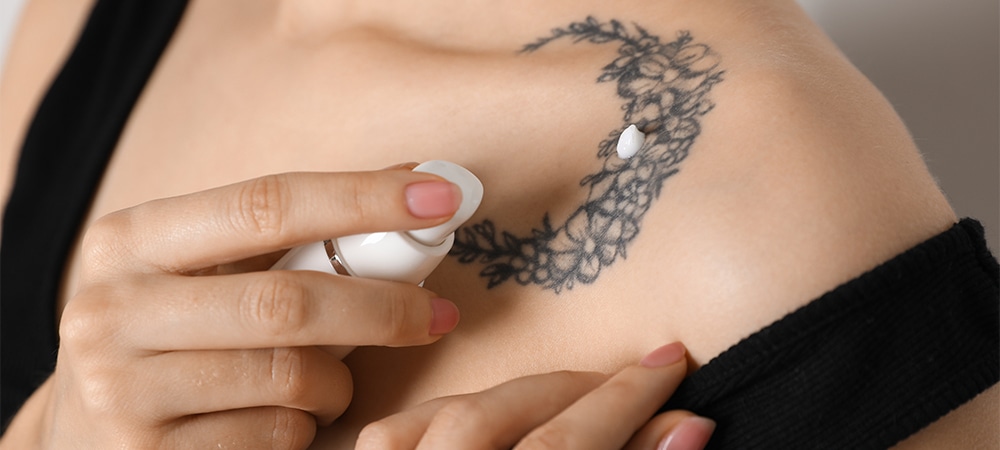
Ready to Ink Your Story?
Getting a tattoo is a personal journey – a decision that deserves careful consideration. But with the right preparation and the guidance of a skilled artist, it can be an incredibly rewarding experience.
Before taking the plunge, take the time to research artists, explore styles, and visualize the design that will best represent you. Choose an artist whose work you admire and who you feel comfortable communicating with. And remember, once you’ve taken the leap, proper aftercare is key to preserving your artwork for years.
We hope this guide has helped demystify the process and ease any anxieties you may have had. If you’re keen on getting tattooed, contact us to discuss your tattoo goals.

